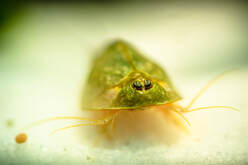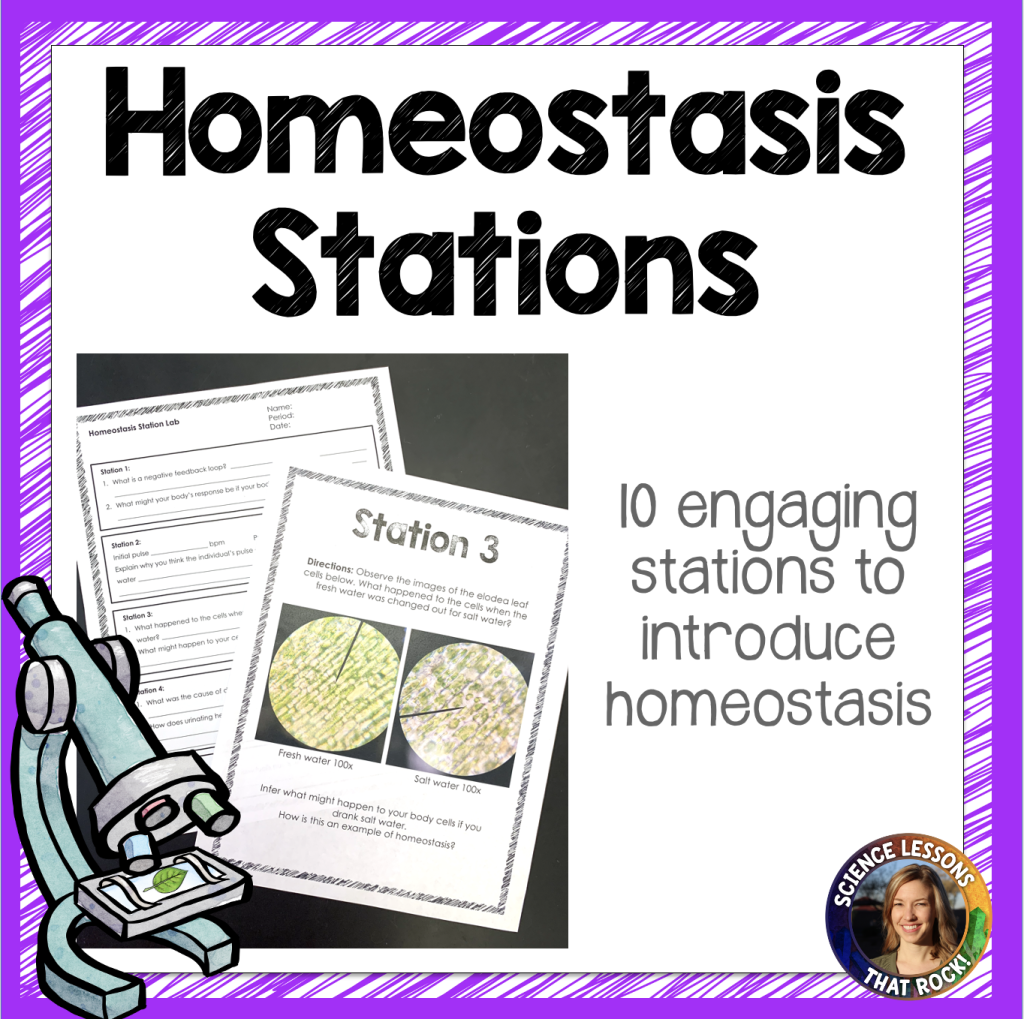
Living? Nonliving? Dormant? Dead? Even though teaching living vs. nonliving seems very elementary, you’d be surprised by how often high school students get confused when you throw examples at them. Fossils? Fire? Slime mold? How can we test if they are alive or not?
Teaching characteristics of life is a great way to start off the year in biology. I like teaching it week 1 because it’s more fun than the scientific inquiry (which they should know by now anyway) and a great introduction to biology- the study of living things. Here is a list of ideas to get you started!
Teaching resources for the Characteristics of Life

1. Great to catch their interest: sometimes called “sewer lice” or “dancing raisins” lab, this activity gets students thinking about what really makes things living or not. Download it free here from Flinn Scientific.
2. Check out this youtube clip that introduces characteristics of living things. Great to get them thinking!

3. Another fun question to throw at them- are seeds alive? Ask students if they think popcorn kernels are alive. If so, how could we test it? Your students will be amazed after a week once they have corn plants sprouting in their cups!

4. Grow something! Hatch some triops or grow some brine shrimp. I like having the discussion- are eggs alive? (You’d be surprised at the number of high school students that don’t know the difference between eggs that hatch into chickens, and eggs that you eat). You can buy triops online, and I’ve also found them at our local science kids museum. Your students will love watching them hatch and swim around.

5. Have you ever tried out hexagonal thinking activities? In this activity, students are given a set of hexagons that have words like “oxygen” and “DNA.” Their task is to arrange the hexagons by identifying relationships between the terms. You can have students glue them to poster paper, or just lay them on their desk so the hexagons can be reused from class to class. You can find the template on my website or on TpT.

6. This is one of my favorite activities of the year! In this activity, students will be given a box of objects and have to classify them as living, nonliving, dormant, or dead. They will also need to find ways to test if they are living or not. For example, if they say a leaf is living, how can they prove it? I like doing this lab before I review the characteristics of life, because it allows students to try and come up with the list of characteristics on their own. You can check it out on my website or in my TpT store here.

7. I also created a set of task cards, where students have to identify the 8 characteristics of life. This is a great follow up to your lesson and good review before a quiz. You can find it on my website or on TpT.
8. Here is a free lab where students test if yeast is alive or not.

9. When we introduce the characteristics of life, we introduce the word “homeostasis” for the first time. I found that students would memorize it for a quiz and then forget it. When we circled back around to cells and discussed osmosis they completely forgot the word. SO…. I hit homeostasis a little harder by creating this station lab. There are 10 engaging stations students will rotate through and learn about real-world examples of homeostasis in plants and animals.
10. Ok, now students are familiar with the characteristics of life. But are viruses alive? Do they meet the criteria? Check out this SciShow YouTube clip you can show students. Have them fill out a CER chart when they finish watching explaining their stance.
I hope those help get you started! Rock on,







